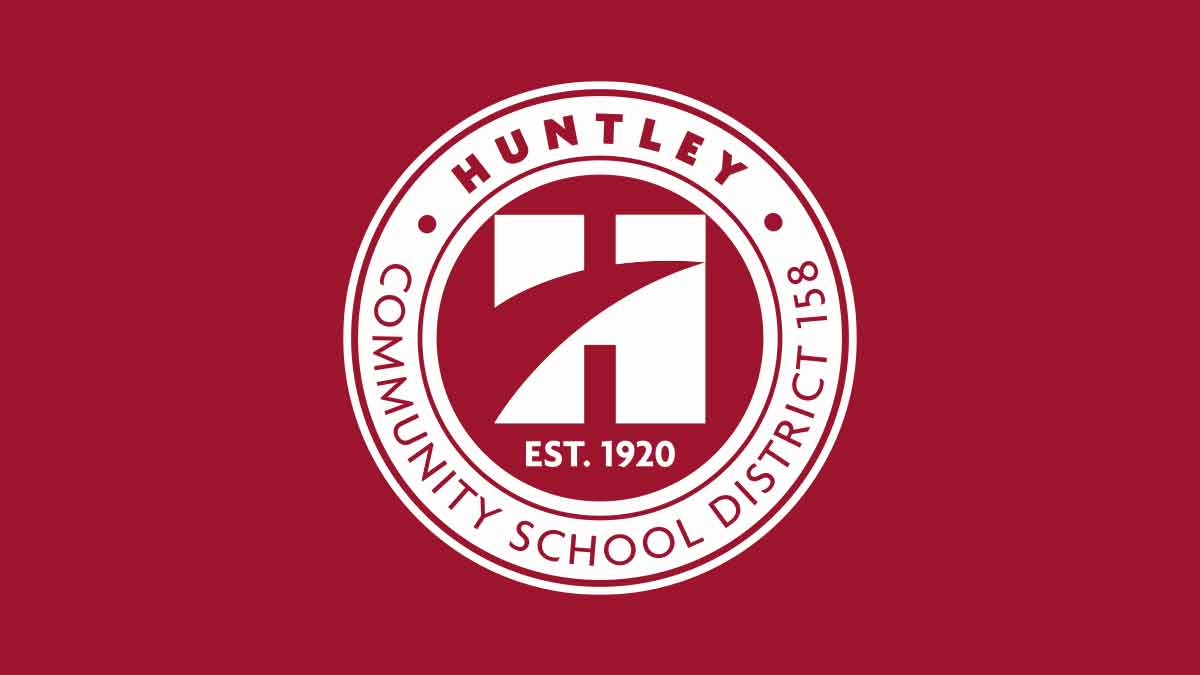The role and responsibilities of the adapted physical education teacher include, but are not limited to:
- Assessing and identifying an individual’s needs
- Collaborating or consulting with other service providers
- Providing direct and consultative Adapted Physical Education service through and pull-out models of delivery.
- The Adapted Physical Education teacher is part of the assessment team whose responsibilities include assessing and identifying a child’s needs in the area of movement skills as they relate to participation in Physical Education within the school setting.
The Adapted Physical Education teacher must choose appropriate assessment methods and instruments; administer the assessment; interpret the data; describe the present level of performance; and recommend the appropriate physical education service based upon the student’s identified needs.
Adapted Physical Education teachers also provide consultation to and collaborate with teachers, assistants/aides, parents, administrators, and other professionals. Examples of other professionals include, but are not limited to, general education teachers, physical therapists, occupational therapists, speech and language pathologists, special education teachers, orientation and mobility specialists, teachers of the visually impaired, hearing impairment specialists, assistive technology specialists, psychologists, school nurses, and recreation specialists.
The Adapted Physical Education specialists provide direct adapted physical education service to students, identified through the individual education program (IEP) team process, who need specialized instruction. Appropriate goals and objectives/benchmarks are included in the student’s IEP. Progress toward goals and objectives/benchmarks are reported at the same frequency as progress is reported for non-disabled peers.
More specifically, Adapted Physical Education teachers are required to provide recommendations for accommodations, modify daily PE lessons to meet specific student needs, secure specialized equipment, write legally compliant IEP goals and present levels of performance, attend professional development and training opportunities, and attend IEP meetings.
